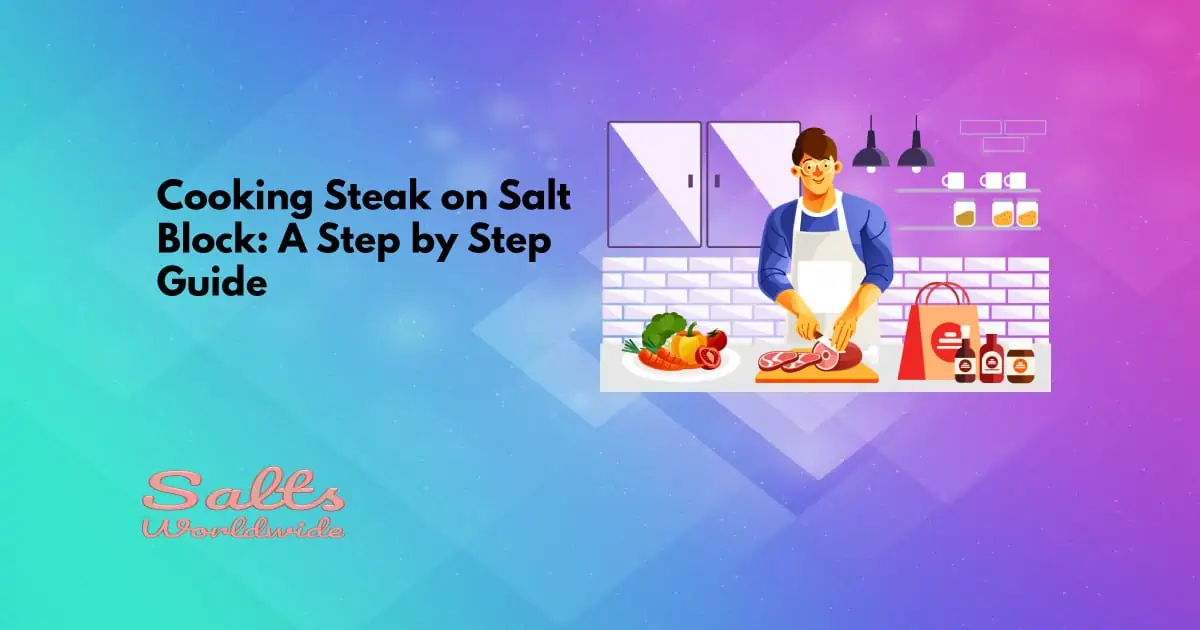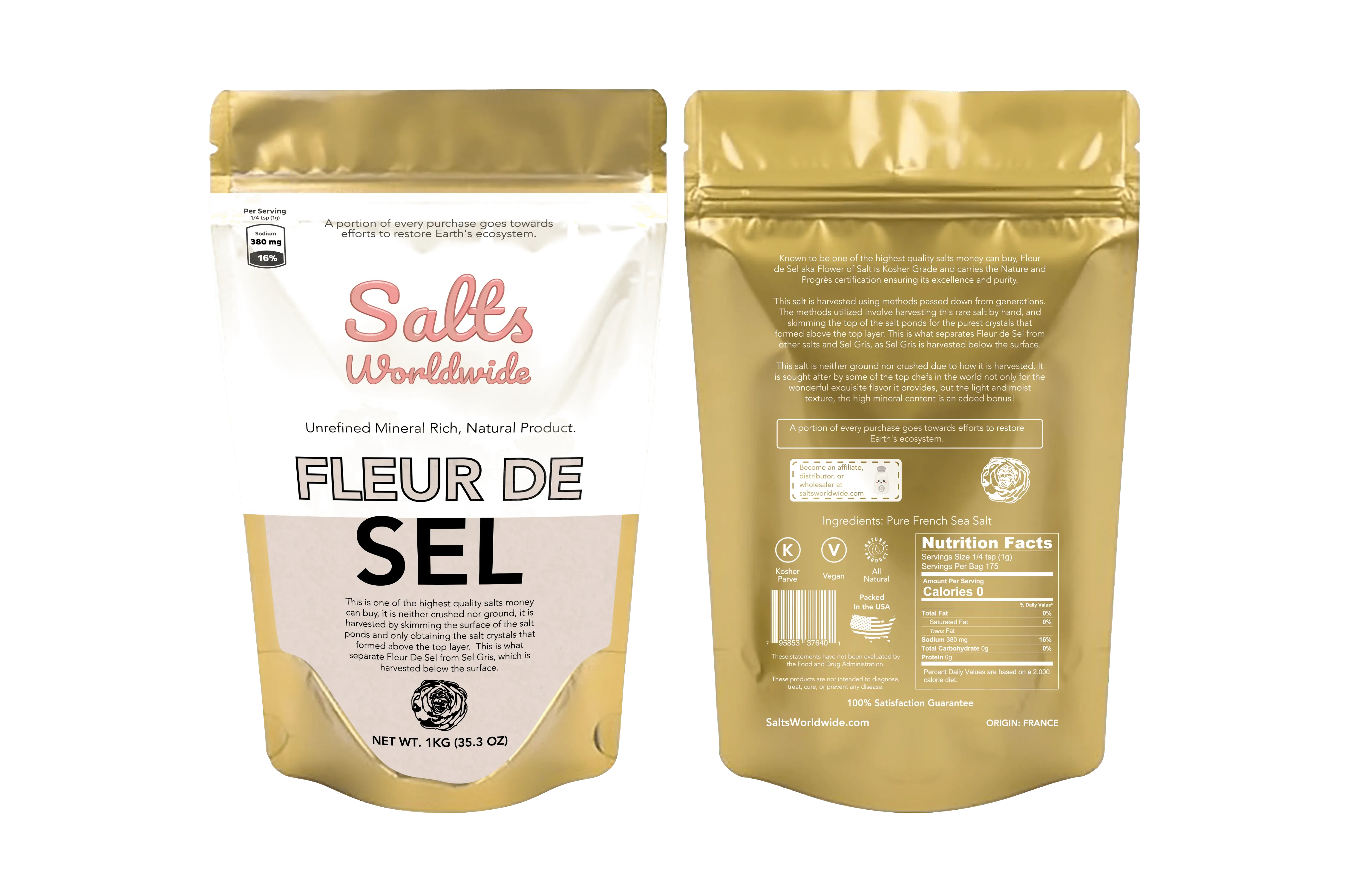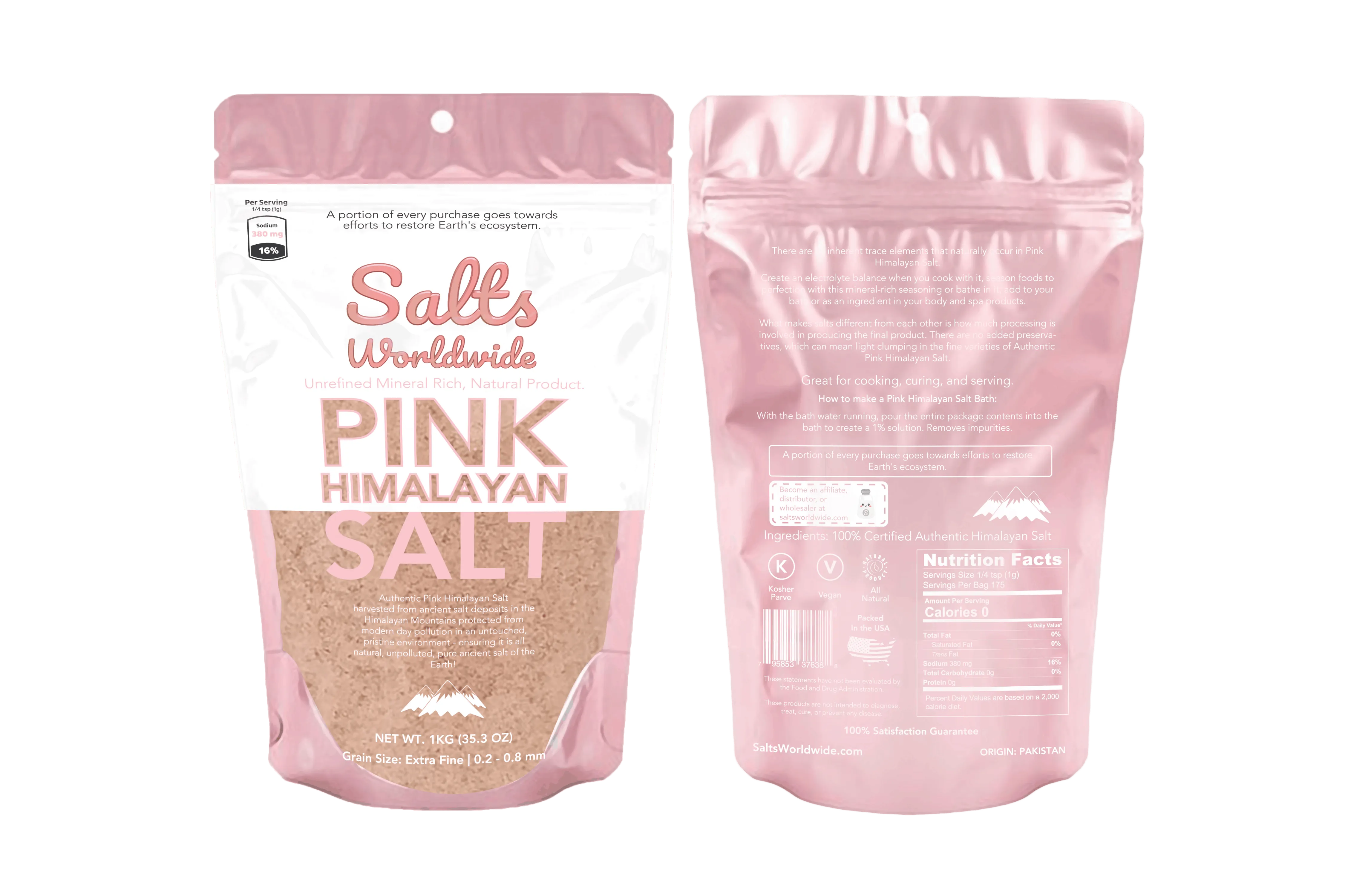Cooking Steak on Salt Block: Salt blocks are a great way to cook steak. They provide an even and consistent heat source, and the salt prevents the meat from sticking to the block. We’ll take you through all of the steps here!
We’ll go over:
-How to get started with your salt block cooking process
-The prep work that needs to be done before you start cooking
-Cooking techniques for different styles of steak (and how long it takes)
-How to ensure your steak is perfectly cooked
-The best ways to season and sauce your finished salt block steak (and what flavor combos work best!)
Table of Contents
Why You Should Cook Steak on a Salt Block
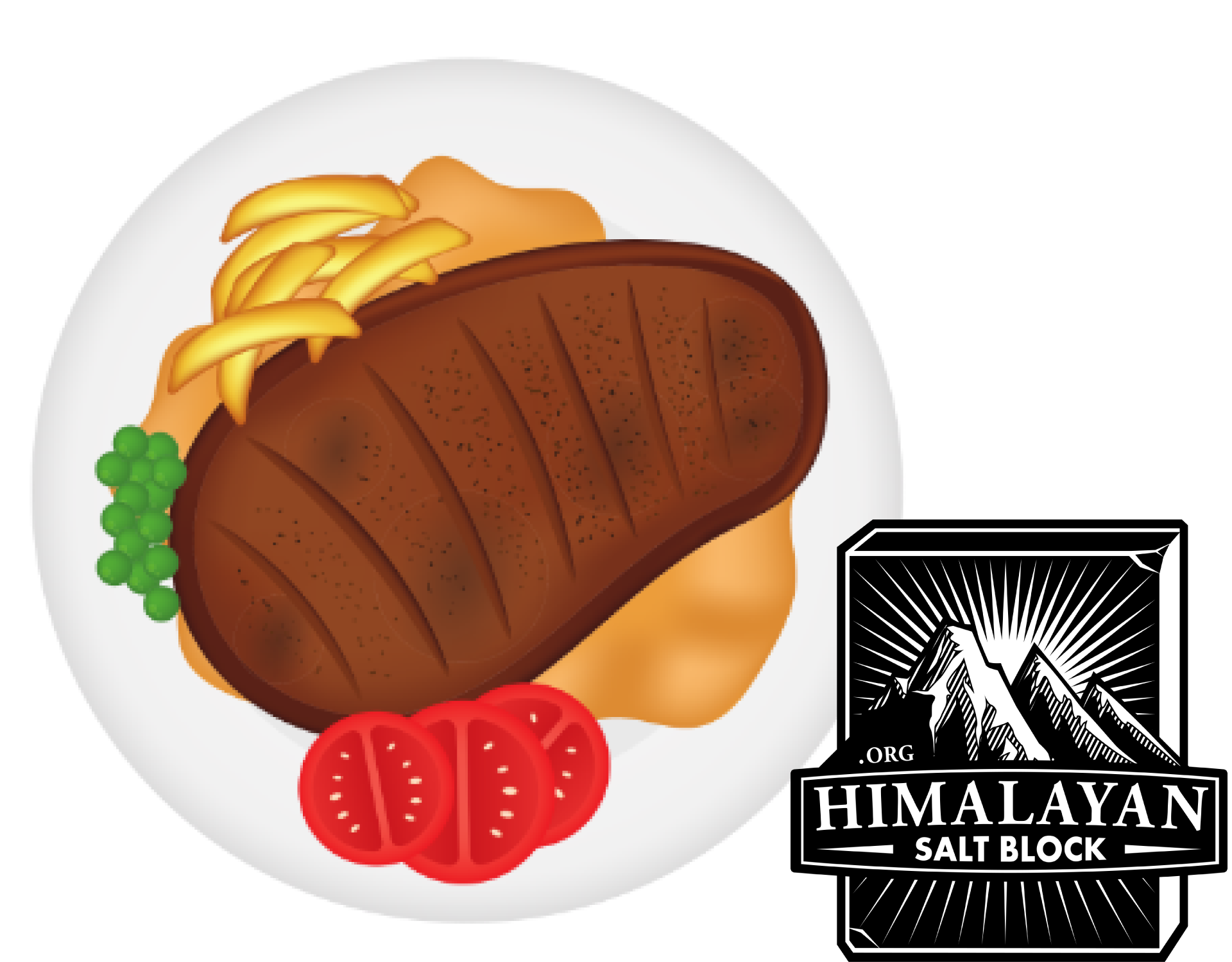
Steaks cooked on salt blocks are meant to be eaten raw in the middle with a pinch of flaky sea salt and perhaps some fresh herbs.
The flavor is very different from a steak cooked on any other surface because it’s seasoned by actually searing it directly on the block, which imparts that beautiful briny taste into your meat. Salt blocks are also very aesthetically beautiful.
We don’t recommend cooking steak well done on a salt block because it will dry out the meat.
Salt blocks are also a great way to cook other meats such as chicken, pork chops, or fish. Be sure to keep an eye on your food so that it doesn’t overcook!
What Is the Method for Cooking Steak on a Salt Block?
If you want to elevate your steak cooking game, a salt block is an essential tool to have in your kitchen.
The method for cooking steak on a salt block starts with pre-heating the stone or plate that you will be serving the food on as well as the salt block itself. Once these are heated, it is important to be mindful of the thickness and size of your steak when you place it on top. It should not touch the edges or corners if there are any present because that may cause juices from the meat to drip onto other areas while cooking.
Once the salt block is preheated and the steak has been placed on top, it will be time to cook. Depending on your preference, there are two different ways that you can do this: fast or slow.
If cooking your food quickly like for a sear, place the meat onto the salt block and cook it for about one minute. Then, flip the steak over to cook on the other side for another thirty seconds.
If you are looking to tenderize your meat more by slow cooking it like a roast, place the food onto the hot stone or plate with room around the edges for even cooking. The steak will need to cook anywhere from six to eight minutes, depending on how thick it is.
When either method is complete, you will want to let your steak rest for a few minutes before serving. This allows the juices that have been forced to the center of the meat by cooking to redistribute and settle. Doing this will yield a more tender steak that has been cooked evenly throughout for maximum flavor, as opposed to one side being well-done while the other is still pink inside.
After reading this guide, you will be ready to cook steak on a salt block and elevate your cooking game.
Heating Up Your Himalayan Salt Block
Before you start cooking on your Himalayan salt block, it’s important to heat it up properly. This will help ensure that your food cooks evenly and doesn’t stick to the salt block.
You can heat up your salt block in different ways. Different methods will produce different results.
If you don’t properly heat it up, then cooking on your Himalayan salt block may be quite difficult and frustrating. Additionally, if not heated properly, there’s also a risk that food could come into contact with too much salt causing it to be overly salted.
There are a few ways you can heat up your salt block:
On the Stove

If you’re using a stove, you can simply place the salt block on a burner and turn it to high. Let it heat up for roughly five minutes before cooking anything on your salt block.
On the Grill
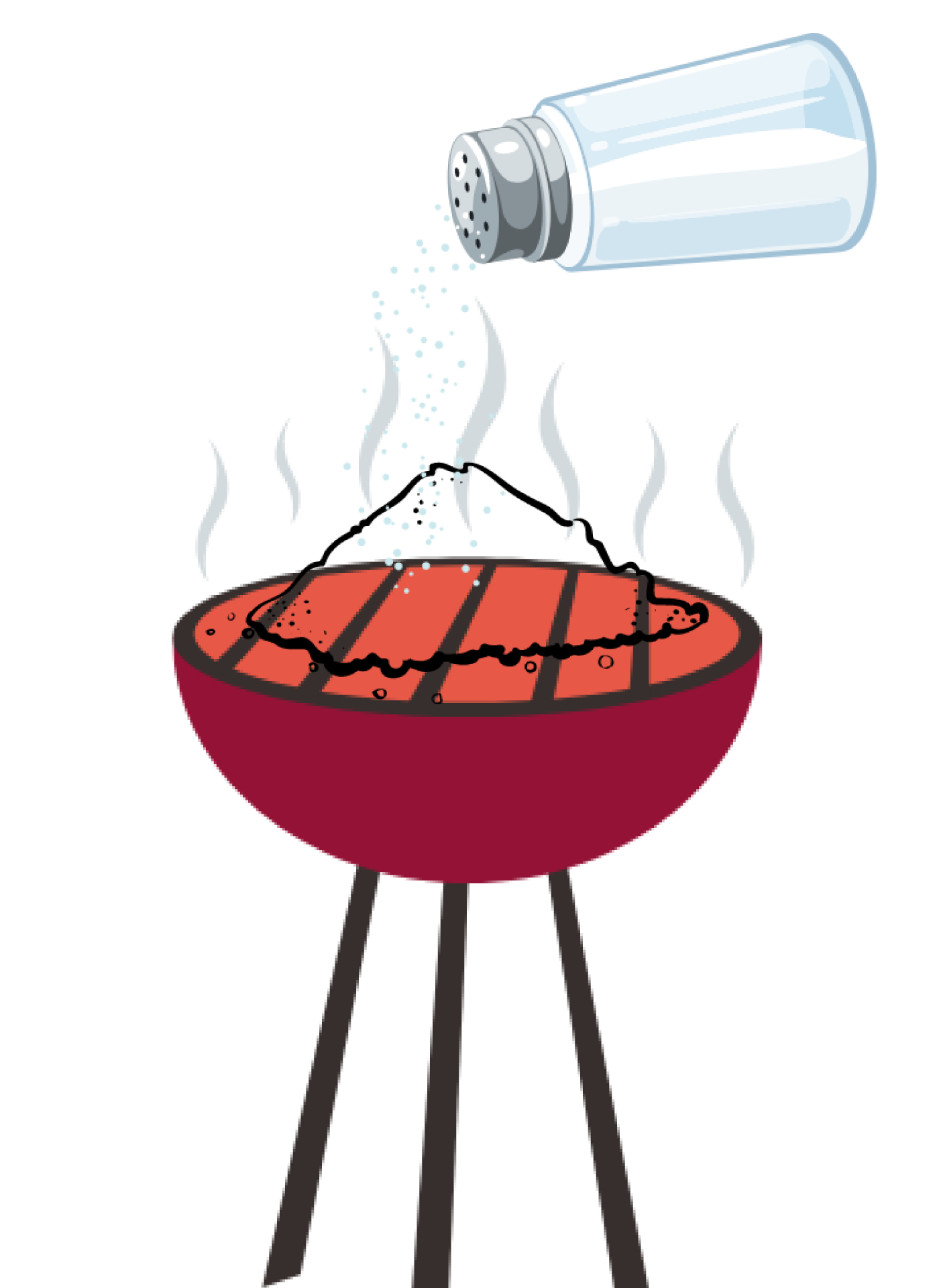
You can also heat up your Himalayan salt block on a grill. The method is quite similar to heating the salt block on a stove. Just place the block on the grill and let it heat up for a few minutes. You will know that it is ready when the surface of the block is hot to the touch.
Once you have heated up your salt block on a stove, take it off and place it either directly on the grill or use it as a cooling rack to allow some heat out. Now, set your grill for medium-high heat and let the steak cook.
In the Oven
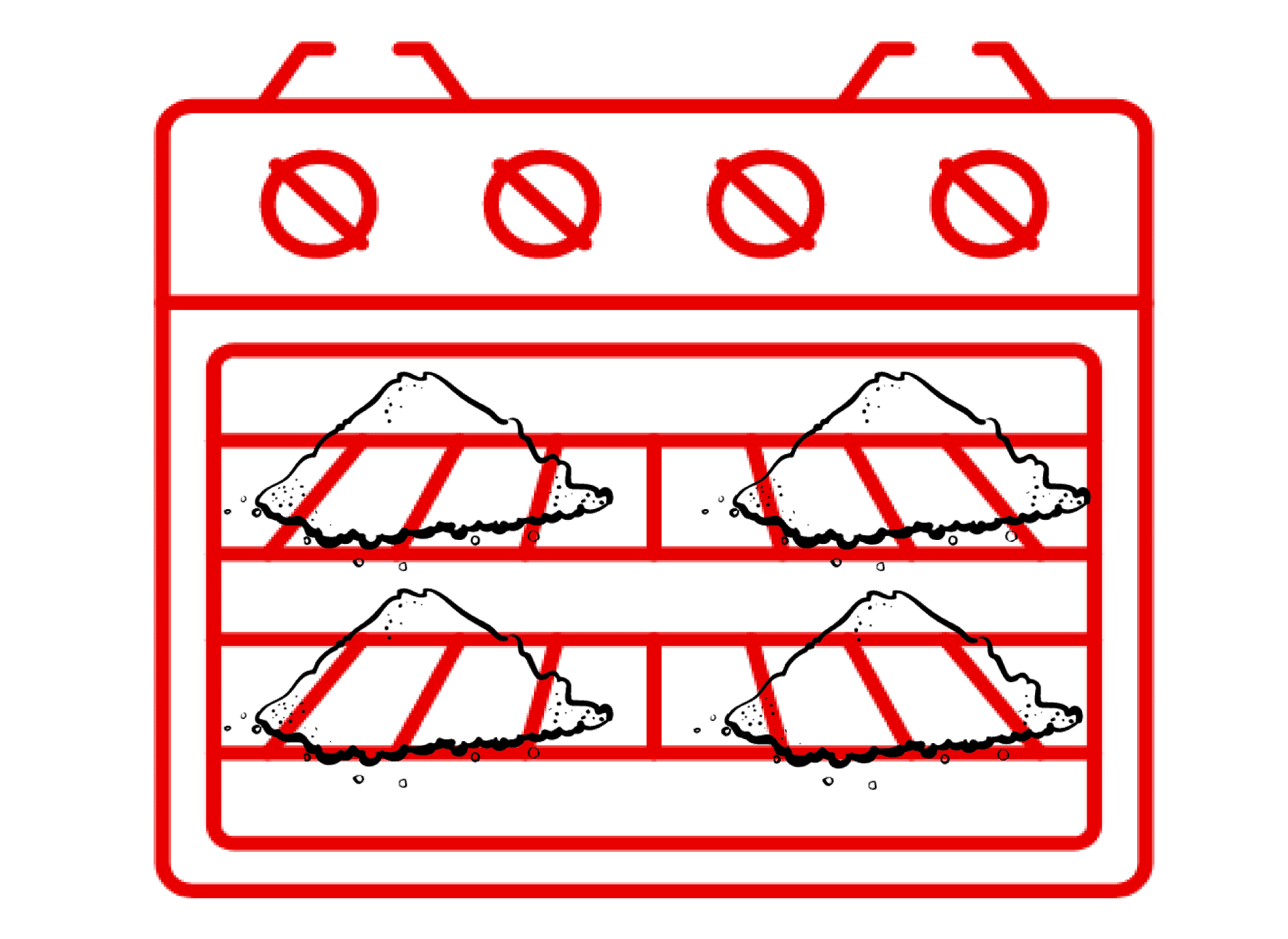
If you’re using an oven, you can preheat your oven to 500 degrees Fahrenheit and then place your salt block in the oven and let it heat up for about 15 minutes. After that, you can add your steak to the hot salt block and cook until the desired doneness is achieved (about six minutes per side on the stovetop).
Be sure to use heavy pot holders when removing a very hot salt block from an oven or grill!
Reasons to try Himalayan Salt Block Grilling
Cooking steaks on a Himalayan salt block imparts a delicious, salty flavor that is unlike any other grilled steak you have ever tasted. And because the salt block is a natural antimicrobial, your steak will be cooked perfectly every time and will remain bacteria-free.
Himalayan Salt Blocks can also be used for grilling chicken, fish, vegetables, and fruit. The possibilities are endless!
So, what are you waiting for? Give Himalayan salt block grilling a try today! You won’t be disappointed.
Tips on Cooking Steak on Salt Block
Now that you’re ready to cook on a salt block, here are some tips for getting the most out of your salt block.
First, before you place any food on top of it, make sure to heat up the salt block. The bigger and thicker the steak is, the longer you should let it sit on both sides. When cooking short-spined meat like chicken or fish, you can turn it in less often and cook for a shorter amount of time.
Cooking ribeye steak on Himalayan salt block
Ribeye steaks are among the best cuts of meat you can buy. Good ribeye steaks have a nice marbling throughout and will be tender, juicy, and flavorful at cooking temperatures as low as 225 degrees Fahrenheit.
Cooking ribeye steak on a salt block takes the flavor and tenderness up a notch. The salt block will heat evenly, so your steak will cook perfectly every time.
Here is a step-by-step guide to cooking ribeye steak on a Himalayan salt block:
Start by heating your salt block in the oven at 225 degrees Fahrenheit for about 45 minutes. This will heat the salt block evenly and get it ready for cooking.
Meanwhile, season your steak with your favorite spices. We recommend a simple blend of salt, pepper, and garlic powder.
Once the salt block is hot, place your steak on top and cook for about four minutes per side.
Remove from the salt block and let rest for a few minutes before serving.
Enjoy!
Cooking tuna steak on a salt block
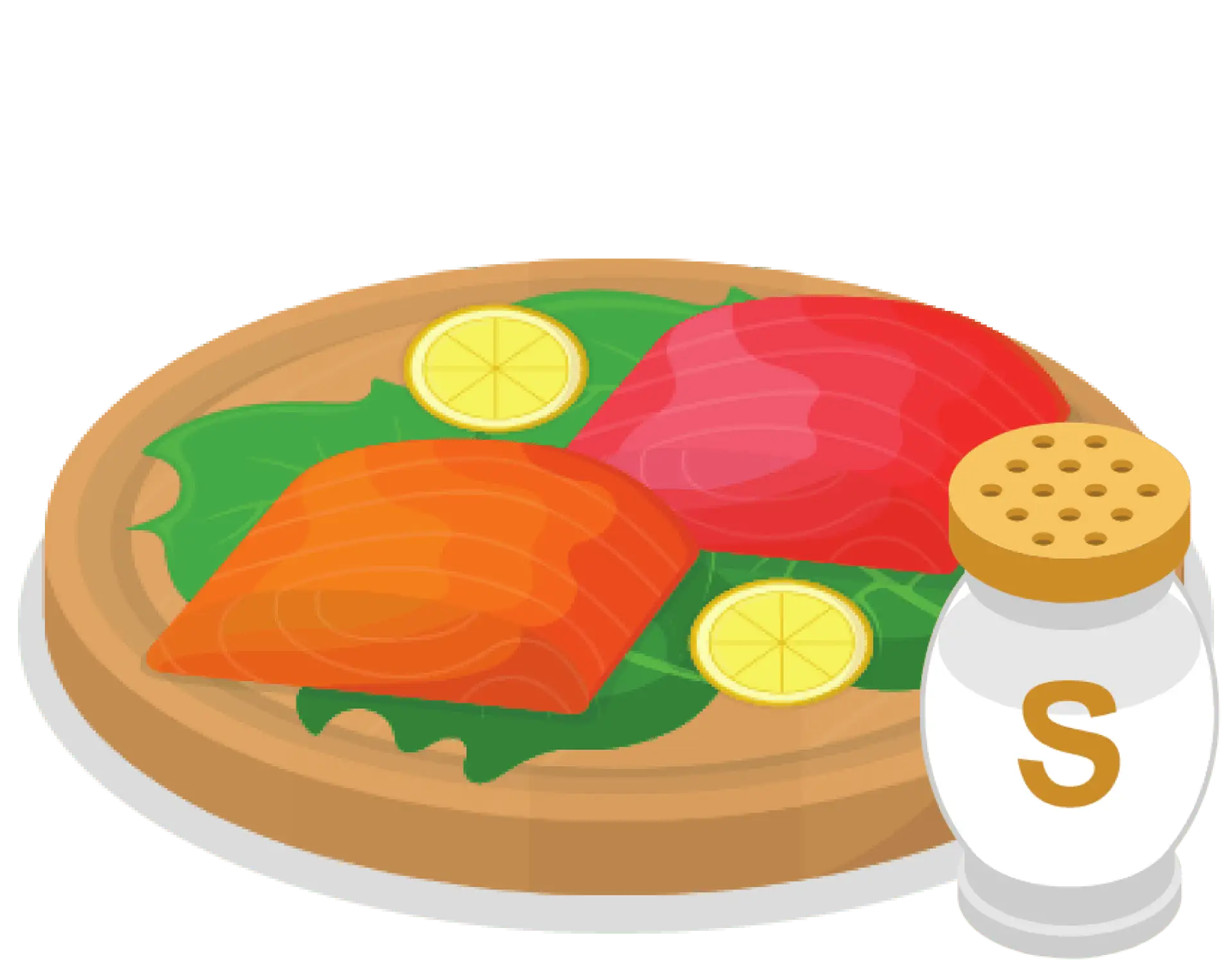
Tuna steak is a very lean and healthy dish. It can be cooked on a salt block for added flavor, but there are several ways to go about this process.
First, you will need: * salt block * tuna steak (about ¼ lb per person) * olive oil
In order to get the best tasting steak from your fresh-caught fish, you generally want to cook it as soon after catching it as possible. However, if this isn’t an option don’t worry! Salt blocks can be used in place of a traditional grill for cooking tuna steak and can be even more effective.
To start, pat the fish dry with paper towels to remove excess water. Once this is done brush some olive oil on both sides of the tuna steaks (about two tablespoons per side). Place your pre-heated salt block on the grill, or in a hot skillet. Add the tuna steaks to the block and cook for about two minutes per side.
The great thing about using a salt block is that you can get those nice grill marks without having to use an outdoor grill!
Cooking wagyu steak on salt block
Wagyu steak is a type of beef that is renowned for its intense flavor and tenderness. When cooked on a salt block, the steak takes on a salty, slightly charred flavor that enhances the natural flavors of the meat. Here are a few tips for cooking wagyu steak on a salt block:
– Preheat your salt block by placing it on the grill or in the oven for a few minutes.
– Season your steak with salt and pepper, then place it on the hot salt block.
– Cook the steak for about two minutes per side, or until it reaches the desired level of doneness.
– Let the steak rest for a few minutes before serving. Enjoy!
Steak Recipes on a Salt Block
Steaks are a classic American dish that can be cooked in a variety of ways. One way to cook a steak is on a salt block. A salt block provides a unique flavor and texture to the steak. In this guide, you will learn how to cook steak on a salt block.
Here are some recipes for cooking steak on a salt block:
Spicy Baby Back Ribs
Ingredients:
-Salt Block
-Baby Back Ribs
Rub the ribs with salt and pepper.
Put a tablespoon of oil on the block, place it over medium heat. Place ribs as far from direct flames as possible.
Place baby back ribs meat side down on top of the hot salt block. Cook for twelve minutes without moving or flipping the ribs.
After 12 minutes have passed, flip the ribs over and cook for an additional twelve minutes.
Remove from heat and allow to rest for five minutes before serving. Enjoy!
Rib-eye steak rub
Ingredients:
-Kosher salt
-Black pepper
-Garlic powder
-Onion powder
-Paprika
-Cayenne pepper
Instructions:
In a small bowl, combine all of the ingredients and stir until well combined. Rub the spice mixture all over both sides of the steak. Preheat your salt block on the grill over medium-high heat. Place the steak on the salt block and cook for about four minutes per side, or until the desired doneness is reached. Let the steak rest for a few minutes before slicing and serving. Enjoy!
Cooking steak on a salt block can be a fun and easy way to add some extra flavor and crispy texture to your steak. Try this step-by-step guide for cooking rib-eye steaks on a salt block that will give you the perfect result every time!
Smoked Ribs with BBQ Sauce
Ingredients:
– a slab of ribs
– BBQ sauce
– salt block
Instructions:
Preheat your grill to medium-high heat. (If you are using a charcoal grill, wait until the coals are hot before cooking.)
Place your salt block on the grill and let it heat up for about 15 minutes. Remove the salt block from the grill and place it on a heat-resistant surface or in an oven set to low heat. Place your slab of ribs meat side down on top of the hot salt block until cooked, about 20 minutes per pound (or less depending on thickness).
Flip over your slab halfway through cooking time. To test for doneness, poke a chopstick through the thickest part of the meat. The more resistant it is to penetration, the more done your ribs are likely to be. When ready, remove from heat and serve with BBQ sauce or any desired side dish!
Grilled Rib Eye with Pan-fried Tomatoes and Rosemary, Caper Butter
Ingredients:
-rib eye
-Salt block
-Rosemary sprigs
-Ripe tomatoes, sliced into wedges or chunks
-Caperberries (optional)
Butter: *Over low heat in a small saucepan melt together butter and herbs. Let simmer for about five minutes.*
Directions:
Preheat grill to medium-high heat. Liberally season both sides of the rib eye steak with salt and pepper. Place the salt block on the grill and allow it to heat up for about 15 minutes. Once heated, place the steak on top of the salt block and let cook for about four minutes per side. While the steak is cooking, prepare the pan-fried tomatoes and rosemary caper butter sauce. Remove steak from the salt block when cooked to desired doneness (about 130 degrees Fahrenheit for rare). Let rest for five minutes before serving with prepared tomato mixture.
Glazed pork spare ribs
Ingredients:
-One slab of pork spare ribs
-Half a cup of brown sugar
-One teaspoon of cumin
– One teaspoon of smoked paprika
– Half a teaspoon of chili powder
– One tablespoon of apple cider vinegar
– Salt and pepper to taste.
Instructions:
Preheat your oven to 350 degrees Fahrenheit.
Place your slab of ribs on a sheet pan and season both sides with salt, pepper, cumin, paprika, and chili powder. Make sure to rub the spices into the meat so it’s evenly seasoned. Set aside for now.
Mix all ingredients in a bowl until sugar has dissolved.
Make a small incision to the bone of your spare ribs so you can rub the glaze into this as well. Cover with aluminum foil and bake for two hours, basting every 30 minutes. Don’t forget to remove the foil after those first two hours! Leave it in there any longer than that or else it will be soggy.
Enjoy!
Pan-Seared Rib Eyes
Ingredients:
-Two rib-eye steaks, about eight ounces each
-Salt and pepper to taste
-One tablespoon olive oil
-One teaspoon butter
Instructions:
Preheat the oven to 400 degrees F. Season both sides of your steaks with salt and pepper. Heat olive oil in a large skillet over medium-high heat until hot. Place steaks in the skillet, being careful not to overcrowd them or they will steam instead of browning. Cook three minutes on each side for medium-rare doneness if you have a one-inch-thick steak and up to six minutes per side for well-done steaks that are about an inch-and-a-half thick.
Move steaks to a baking sheet and place in the oven for five minutes if you have a one-inch-thick steak or up to ten minutes for well-done steaks that are about an inch-and-a-half thick.
Remove from the oven, tent with foil, and let rest at least five minutes before serving so all of those delicious juices don’t run right out when you cut into them.
Enjoy!
Beef Short Ribs
Ingredients:
-One beef short rib per person
-Kosher or sea salt
-Freshly ground black pepper
-Olive oil
-One large onion, chopped
-Two carrots, peeled and chopped
-Three cloves garlic, minced
-One teaspoon of dried thyme leaves
-One cup red wine
-(optional) One tablespoon balsamic vinegar
-One tablespoon of honey
-One cup beef stock or canned low-sodium beef broth
Instructions:
Preheat the oven to 325 degrees F. Season the short ribs with salt and pepper. Heat a large skillet over medium heat and add enough oil to coat the bottom of the pan. When hot, add the short ribs and cook until well browned on all sides, about eight minutes. Remove the ribs from the skillet and set them aside.
Add the onions, carrots, garlic, thyme, red wine, balsamic vinegar (if using), and honey to the skillet and bring to a simmer. Return the short ribs to the skillet and add the beef stock. Cover and bake in the oven for three hours, or until the meat is very tender. Remove from the oven and let rest for a few minutes before serving.
Enjoy!
Braised Pork Ribs
Ingredients:
-one slab of pork ribs
-one tablespoon olive oil
-half a cup chicken stock
-half a cup of red wine
-two cloves garlic, minced
-one teaspoon dried thyme
-salt and pepper to taste
Instructions:
Preheat oven to 375 degrees F. Heat the oil in a large skillet over medium-high heat. Season the ribs with salt and pepper, add to skillet brown on all sides for about five minutes per side. Remove from pan and set aside.
Add garlic and onions to skillet turning frequently until onion is tender about three minutes then add thyme, chicken stock, wine, salt, and pepper bring to a boil stirring up any browned bits from the bottom of the pan. Add ribs back to the pan, cover, and place in preheated oven. Braise for approximately two hours until ribs are very tender.
Remove from oven and allow to rest for five minutes before serving.
Enjoy!
Salt Block Cooking FAQ’s
How Does Salt Block Grilling Flavor Food?
Salt block grilling works by transferring heat energy to the food through conduction.
This process cooks the surface of your steak, leaving it nice and charred while locking in juices for a more flavorful cut of meat. It also creates an ultra-smoky crust that is enhanced by the mineral blocks’ natural properties. Salts blocks also add a bit of salty flavor to your food, which is an added bonus.
Is Grilling with Salt Blocks Healthy?
Grilling with salt blocks is a healthy way to cook meat. The salt blocks add flavor and moisture to the meat, and they also help to seal in the juices. This results in a delicious, moist steak that is cooked evenly all the way through.
Salt blocks are also an excellent source of minerals, including sodium, potassium, and magnesium. These minerals are essential for good health, and they can help to prevent chronic diseases such as heart disease and cancer. So, next time you want to grill some steak, try using a salt block for an extra healthy and delicious meal.
How to Prepare a Salt Block for Grilling
Before you can start using your salt block for cooking, you need to season it. This will help the block hold heat and cook your food evenly.
To season a salt block, start by heating it in the oven on high for about 30 minutes. Then, remove it from the oven and coat it with vegetable oil or olive oil. You can also add spices to the block at this time if you like.
Now your salt block is ready to use! Place it on the grill and heat it up to about 600 degrees F. Then, cook your steak on the block for about two minutes per side. Be sure to watch it closely so that it doesn’t burn.
Will the Salt Block Change when Heated?
Salt blocks will change in size when heated. The blocks will increase in size by about 15%. When the salt block cools, it will shrink back to its original size.
The color of the salt block may also change when heated. The block may become darker or lighter in color.
The salt block can be heated to temperatures as high as 1300 degrees Fahrenheit. However, the highest recommended temperature is 900 degrees Fahrenheit because higher temperatures may cause the salt block to become burnt and unusable.
When heating up a large amount of meat on one salt block it’s best to heat the blocks in intervals that allow for cool-down periods between each heating.
Final Thoughts
Salt blocks are a simple and healthy alternative to cooking steak. They allow for the meat to be cooked evenly throughout while keeping it moist on the inside. Salt blocks are also environmentally friendly and reusable.
Try making steak on your salt block today!
Fleur De Sel
A rare and expensive form of sea salt that is harvested in parts of France. Known to be one of the highest quality salts money can buy.

